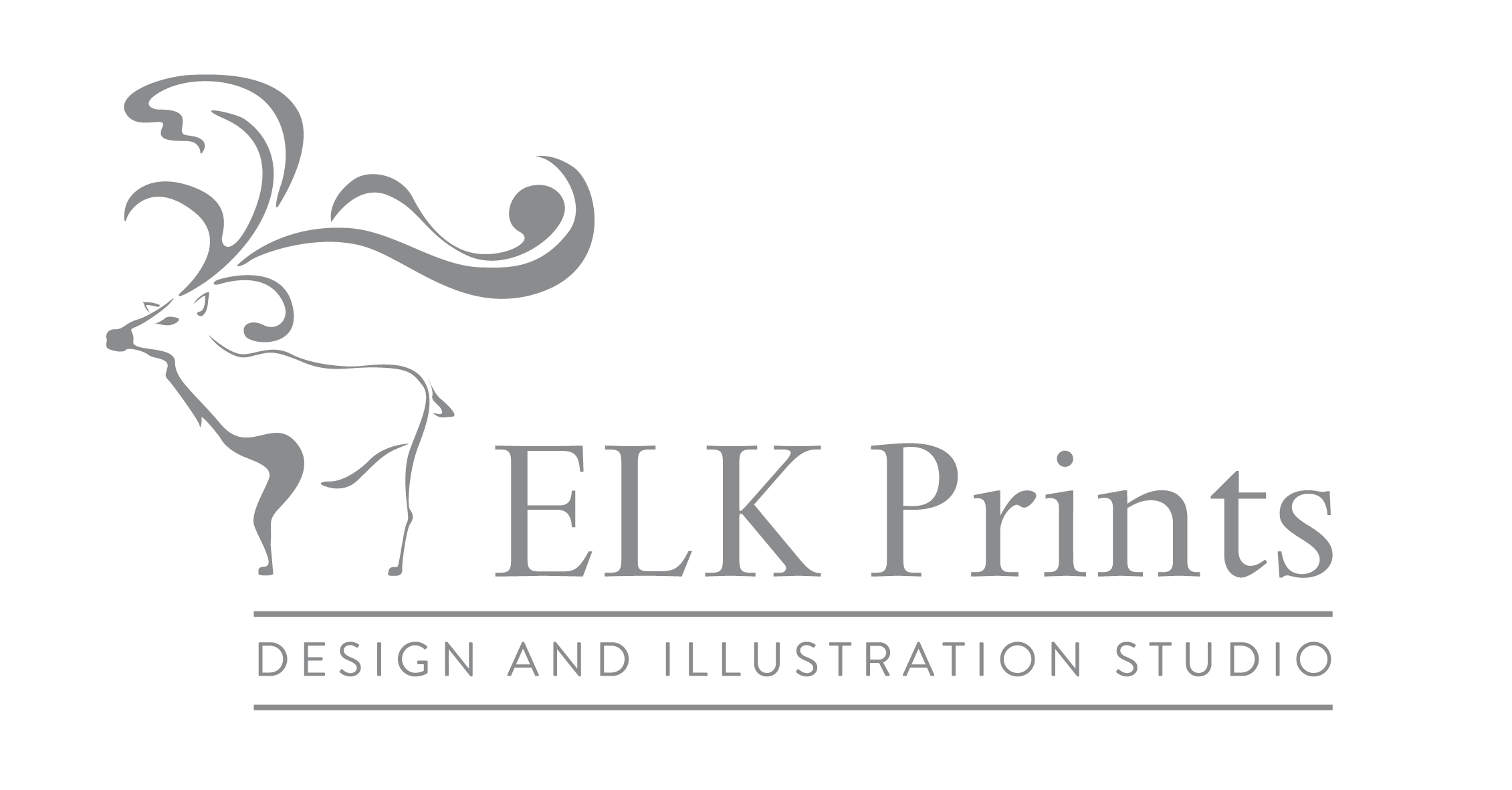Chapter 1 – Considering the City

“To explore the city is an act of creativity. The experience is dependent not only on what is there, but on how it is interpreted. The city is always many things, citadel or refuge, theatre and stage; it can be experienced as a dream or nightmare, as centre of all that is civilised, or all that is not. One moment it seems to sparkle, the next it is covered in grime. The city can uplift or crush, not by what it is, but through the explorer’s interactions with it. Everyone’s Sydney is unique, varied and infinitely variable.” (Fitzgerald 1995; p.1)
This study aims to look at how we explore and experience the city and through that, propose ways in which designers might approach representing the city. It is a journey through the various different ideas that the city evokes, about how we perceive the form of the city and how we engage with the city. A city can be viewed from multiple perspectives and dimensions. The aim is to examine the various aspects of a city and assess their ability to provide a framework for designers to form a representation that reflects the city. Designers could pay more consideration to how we experience a city and how this impacts on our understanding and viewpoint of it. The field of Design represented here is one of hybridity, encompassing fields of Architecture, Art and Writing within Object and Graphic Design. The outcome is aimed at improving the design of souvenirs or mementos.
Down at Mrs Macquarie’s Chair you are greeted with a very particular viewpoint of Sydney, the Harbour Bridge behind the white sails of the Opera House and the harbour sparkling pleasantly beneath sunshine and blue skies. For the crowds of tourists this is “the” viewpoint of Sydney, the image that drew them to this city, the image that they take back in their photographs, send to their friends in postcards and remember Sydney by. As a local resident you may somehow wind up here one sunny lunchtime, escaping from the office for an hour and the image is a little strange, it is both familiar but also less familiar. The image you have of the bridge instead may be one of the steel girders as you pass beneath them driving home every day after work. Or perhaps you are not a local but a visitor to this city and what you actually remember most about Sydney is eating fish and chips beneath the pylons looking upwards at the sandstone and steel supports.
The city is such a vast and complex entity that there are a multitude of viewpoints to see it from. Everyone’s perspective on the city will be different, uniquely shaped by their own perceptions. When people travel there is something nice about finding a particular object that evokes their experience or acts as a memento of that place, yet considering the breadth of people’s personalities and experiences their choices seem far more limited with only a small handful of predominant images or representations available. It is perhaps rather strange that the complexity of a city boils down to a mere icon, an Eiffel Tower, Statue of Liberty or Opera House. The motivation for the study is to expand the viewpoint of the city so that it may be represented in ways other than through icons.
There is a wealth of thinking and writing behind the city and its numerous guises, much of it directed towards planning and designing a city. However a city is organic, lived in, occupied, the design of the city becomes lost to a degree, less important than our experience of walking through the city streets. How we perceive a city and the image we portray about a city becomes hugely significant instead. The symbolism of a city, its mythology, our expectations are the key aspects by which we know a city. One of the aims of this study is to look at the theories by which the city has been designed and consider how this relates to the actual experience of occupying the spaces of the city. The focus of this study will be on the representation of Sydney.
The aim of this study is not to define a single-all encompassing representation but to encourage designers to realise the rich potential that a city has and that there is more than one way to depict it. There already exists a limited viewpoint; a single image that conveys a city does of course have a place, yet other forms of representation should support it to create a richer more in depth view of a city. Surely Sydney can be shown in other more valuable ways that reflects the diversity of the city.
This study focuses on examining what makes a city distinctive rather than focusing on what characterises Australian culture. We have a strong background of local designers drawing inspiration from the Australian landscape and culture but very few are actually drawing inspiration from the city. There is no need to negate or critique existing representations of Australian culture or iconic expressions as these things do have a value and a place. Instead this study is focused on how cities are experienced.
The initial research will look at ways in which cities emerge as being differentiated from one another and how they are experienced. Using a Narrative Research Inquiry structure the intention is to then examine Sydney as understood from the way people experience it. From this the objective is to discover some other ways of representing Sydney that reflect peoples’ involvement with a city. The research aims to examine ways in which Sydney, as a city, rather than Australia, may be represented in the form of a range of objects for a tourist to acquire as a memento of their visit to Sydney.
